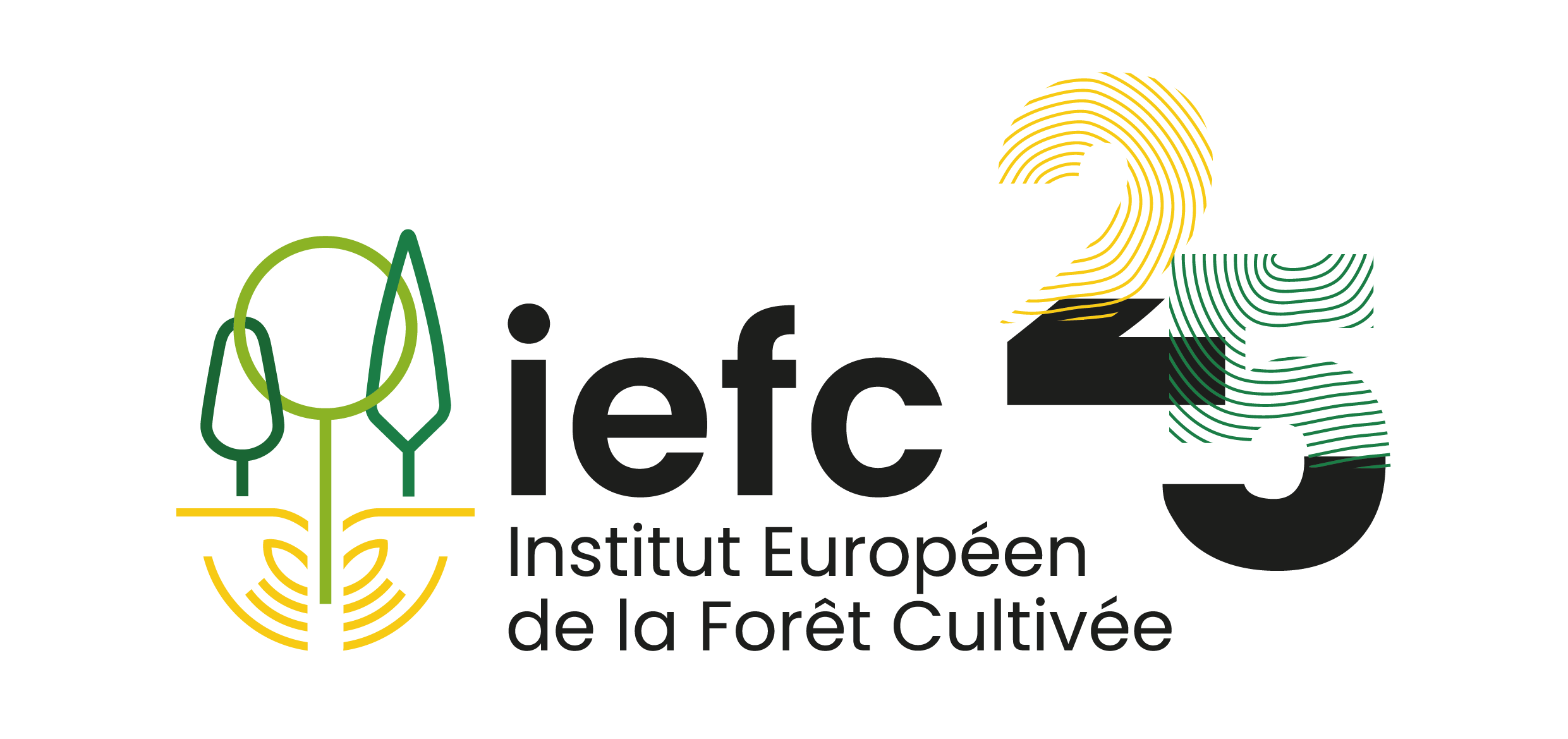Pine tree lappet
Dendrolimus pini (Lepidoptera, Lasiocampidae)
Arbres hôtes
- The preferred host is Scots pine (Pinus syvestris) but, in outbreak conditions, it is also able to develop on other pine species and other conifer genera such as spruce (Picea) and fir (Abies).
Identification
- Adults are reddish ochre and gray, with females usually paler than males, and have a wingspan of 50-70 mm for males and 70-90 mm for females.
- Mature larvae are 50-80 mm long and are covered with hairs. Thoracic segments 2 and 3 have thick bands of blue and black hairs and a V-shaped spot is found on the 8th segment of the body.
- Defoliation occurs mainly in spring, when conspicuous mature larvae are present.
Dégâts
- Larval feeding causes periodic, large scale damage to pine plantations. Outbreaks may last up to eight years.
- Defoliation by caterpillars reduces tree growth and tree health. Trees are more susceptible to other organisms such as bark and wood-boring insects, which may lead to tree death.
Biologie
- There is usually one generation per year, although in harsh climates two years may be required.
- Adult moths emerge from pupae in mid-summer and fly in July-August.
- Females oviposit 150- 250 eggs in groups of 20-100 on twigs, needles, or bark of Scots pine.
- Larvae hatch in September and feed on needles.
- Overwintering occurs as mid-instar larvae in the soil.
- Larvae feeding resumes in early spring, usually on last-year’s needles. Large larvae can move from one tree to another.
- Pupation occurs in May-June, in tree crowns, on the bark of trunks and on understory vegetation.
Facteurs de risque
- Dendrolimus pini seems to prefer sandy freely draining soils. Outbreaks are always associated primarily to Scots pine plantations, although larvae may move to, and feed on other conifers. Monocultures are particularly susceptible.
Distribution
- Eurasian distribution from Japan to western Europe. Recently invasive in Great Britain.
Méthodes de lutte
Suivi
- Pheromone-baited traps to monitor adults in summer.
- Glue banding around trunks to monitor larval abundance.
Lutte préventive
- Dendrolimus pini is favoured by monocultures of even-aged pine and by sandy freely draining soils. Mixing pines with deciduous tree species may lower the susceptibility of the stands.
Lutte curative
- Aerial application of Bacillus thuringiensis is usually the preferred curative method.
Changement climatique
- The effect of climate change on D. pini in Europe is unclear. Long-term measures in Poland showed that outbreaks are favoured by various climatic factors such as warm dry summers and cold winters, but these probably only affect the moth indirectly, through their effect on the host plant.
